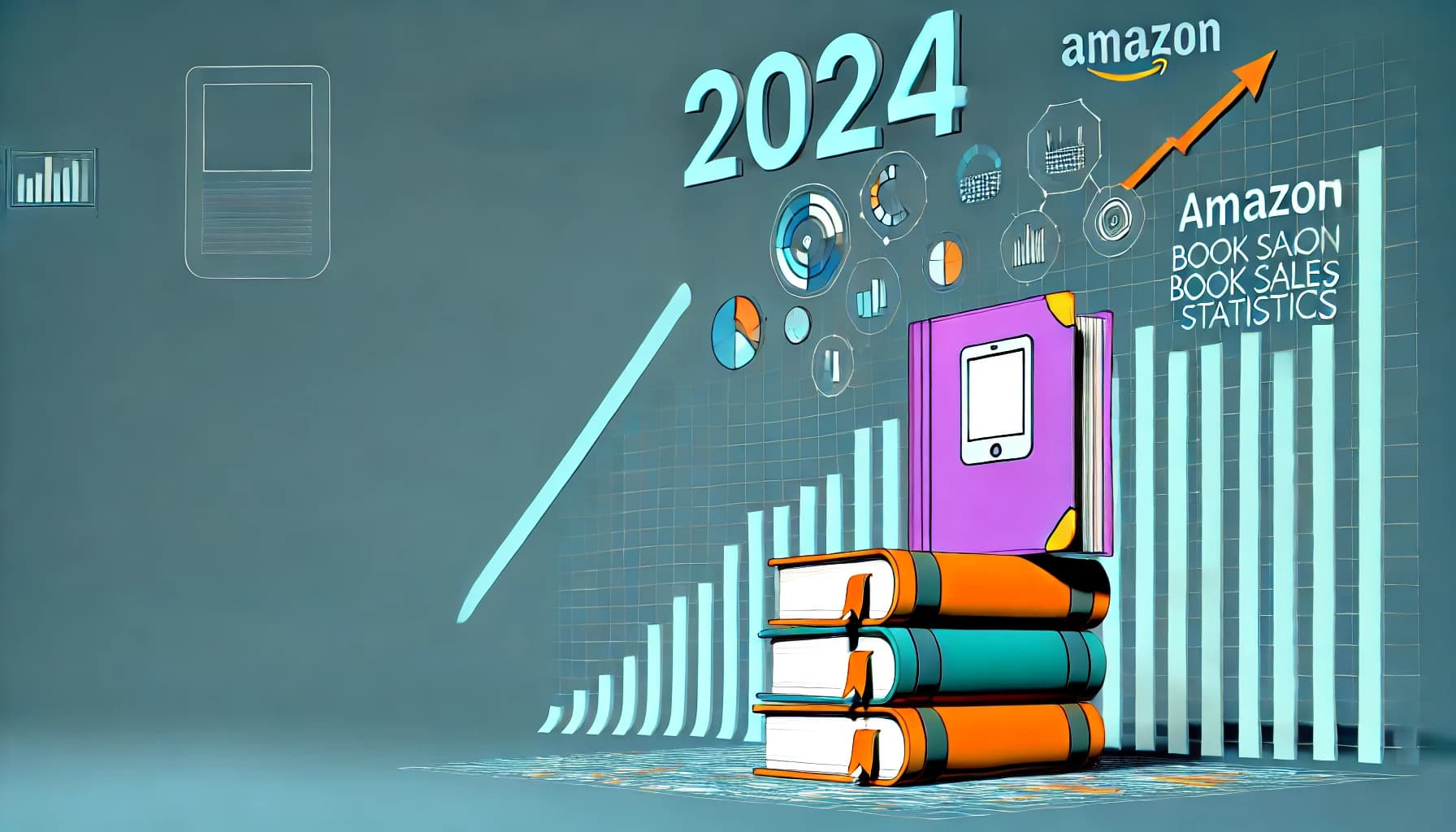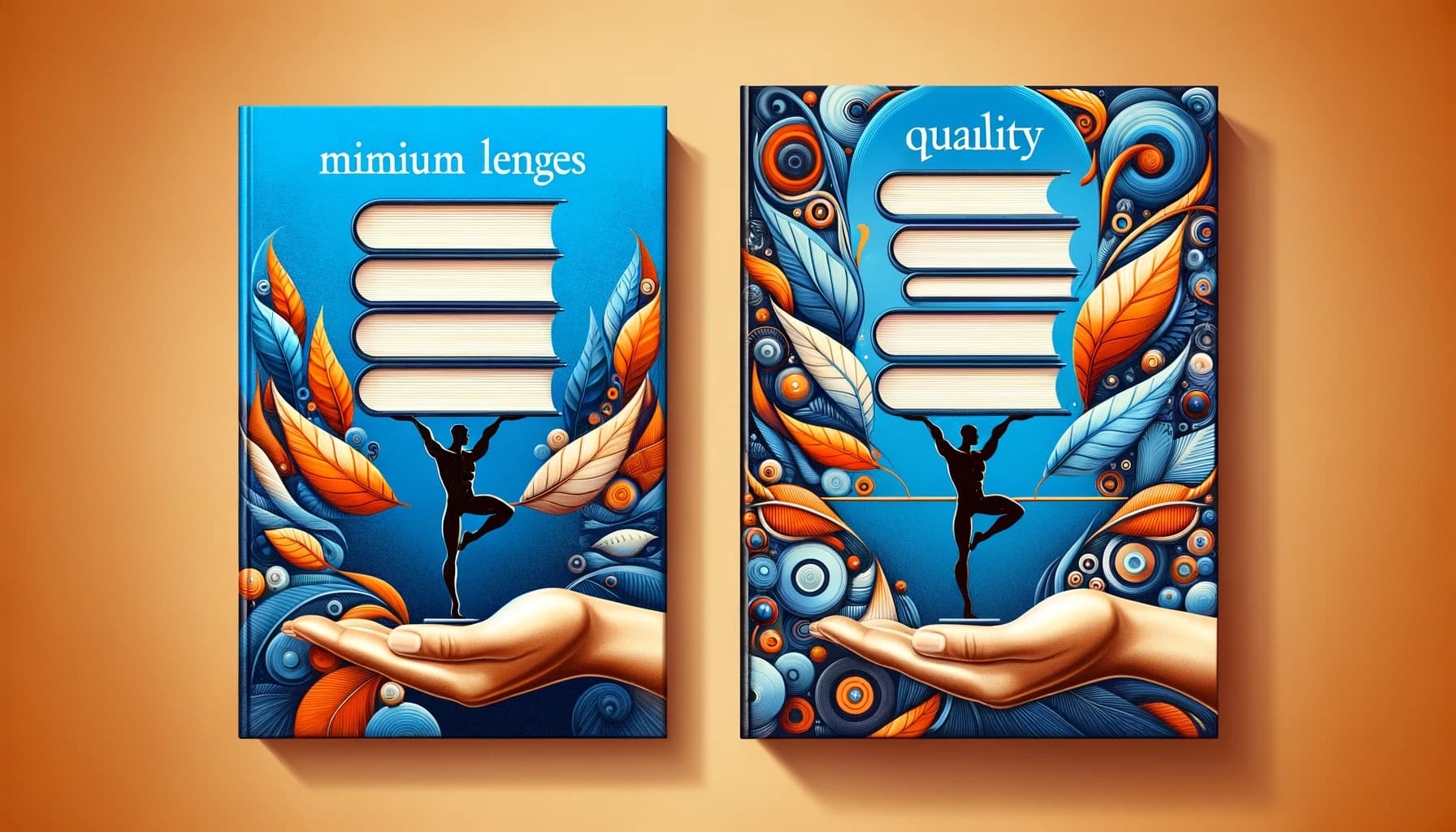Table of Contents
When embarking on the journey of writing an eBook, one crucial question often arises: how many chapters should an eBook have? This query is particularly relevant for new authors venturing into the world of digital publishing, where traditional rules can sometimes blur.
The number of chapters in an eBook can significantly influence its structure, flow, and reader engagement. It’s not just about dividing content; it’s about crafting a reading experience that resonates with your audience.
In this article, we’ll explore various factors that contribute to determining the ideal number of chapters for your eBook. Whether you’re writing fiction, non-fiction, or any other genre, understanding these elements will help you create a well-structured and engaging eBook.
How Many Chapters Should a Book Have?

A lot of factors affect how the number of chapters a book should have, which makes it a decision that varies from one book to another.
Genre plays a significant role in this decision.
For example, a fast-paced thriller might have shorter, more numerous chapters to keep the action moving, while a deep, contemplative non-fiction piece might have longer, fewer chapters to allow for in-depth exploration of each topic.
The content itself also dictates chapter length and count.
A complex narrative with multiple story lines might require more chapters to ensure clarity, whereas a straightforward narrative could be effectively conveyed with fewer, more extended chapters.
Additionally, an author’s style greatly impacts this decision. Some authors prefer writing in brief, punchy chapters to maintain a brisk pace, while others lean towards longer chapters that allow for more character or topic development.
It’s important to understand that there is no one-size-fits-all answer when it comes to the number of chapters in an eBook. Each book has its unique requirements based on its genre, content, and the author’s stylistic choices.
This customization ensures that each chapter effectively contributes to the overall narrative or informational flow, making the book appealing and satisfying for readers.
Factors Influencing Chapter Length and Number

Several key factors can influence the length and number of chapters in an eBook, which impacts how the final content is received by readers.
Genre expectations vary widely, affecting both chapter length and count. In fiction, for instance, genres like thrillers or young adult novels often feature shorter chapters to maintain a fast pace and high engagement level.
In contrast, genres such as historical fiction or epic fantasy might have longer chapters to accommodate detailed world-building and complex plot developments.
Non-fiction books, including self-help and academic texts, also follow their norms. Self-help books might favor shorter, more concise chapters to clearly present ideas and action steps, whereas academic texts could have longer chapters to cover in-depth analysis and research.
The flow of the story or content is another crucial factor. The way a narrative unfolds or how information is presented can dictate the best way to divide the content into chapters.
A story with multiple plot twists and turns might benefit from shorter chapters to keep the reader constantly engaged and on their toes. For informational or educational content, chapters might be structured around key concepts or learning objectives, determining their length and number.
Audience engagement is also a vital consideration. The attention span and interests of the target audience can greatly influence chapter length.
Shorter chapters might appeal more to a demographic known for consuming content in brief, quick sessions, while a more dedicated audience might prefer longer chapters that allow for deeper immersion into the subject matter.
Balancing chapter length to optimize reader engagement and retention is a subtle art that can significantly affect the overall success of the eBook.
Balancing Detail with Pace

When writing an eBook, finding the right balance between giving enough detail and keeping the story moving can be tricky. You want to give your readers all the information they need, but you also don’t want to bore them with too much detail that slows down the story.
One way to manage this is by thinking about how you use your chapters.
Shorter chapters can make your book feel faster and more exciting, which is great for action-packed stories. On the other hand, longer chapters can help you dive deep into a topic or part of your story, giving your readers a more complete understanding.
So, if you’re writing something where you need to explain a lot or develop your characters deeply, longer chapters might work better.
But if your book is more about keeping readers on the edge of their seats, shorter chapters can help keep the pace fast.
The key is to mix it up based on what’s happening in your story. If there’s a lot going on, shorter chapters can keep the excitement high. When you need to slow down and give more details, a longer chapter might be the way to go.
Practical Tips for Determining Chapter Length and Number

Here are some practical tips to help you figure out the number of chapters and their length if you’re having a tough time with it:
- Understand Your Story or Topic – Start by really understanding your story or main topic. Ask yourself what you need to cover and how detailed you want to be.
- Plan with an Outline – Make an outline. This is like a roadmap for your eBook. It helps you see the big picture of your story or content. Write down the main points or events you want to include and then think about how to divide them into chapters.
- Use Storyboards for Fiction – If you’re writing fiction, try using a storyboard. This lets you visualize your story’s flow. Place key events on the storyboard and see how they can be grouped into chapters. Apps like Scrivener might come in handy here.
- Consider Chapter Hooks – Think about how to end each chapter with something that makes the reader want to keep going. This could be a cliffhanger in a novel or an intriguing question in non-fiction.
- Flexibility is Key – Sometimes as you write, you’ll find that some chapters need to be longer or shorter than you thought. Or you might need more or fewer chapters than you planned. That’s okay. Adjust your outline as you go.
- Check Comparable Books – Look at books similar to yours. How long are their chapters? How many chapters do they have? This can give you a good starting point for your own book.
- Use AI Automateed – If you are unsure of what to do, you can always turn to AI Automateed that writes whole books for you in one click. You don’t have to think about the length and number of chapters and subchapters. You only have to provide the tool with your topic, target audience and tone of writing, and you’re set.
Remember, there’s no strict rule for the number or length of chapters. The best approach depends on your story, style, and what works for your readers. Using these tips, you can create a structure that makes your eBook engaging and enjoyable to read.
Conclusion
Deciding on “How many chapters should an eBook have?” isn’t a one-answer-fits-all situation. It depends on your story, your style, and what your readers like. Some books need lots of short chapters to keep the action going, while others do better with fewer, longer chapters to dive deeper into the topic.
In the end, the best number of chapters for your eBook is what works best for your content and keeps your readers engaged. Whether you’re writing a fast-paced novel or an informative guide, the key is to make each chapter meaningful and interesting to your readers.
FAQ
How many chapters does an average eBook have?
An average eBook’s chapters vary based on genre and style, ranging from 10 to 25 chapters typically. It is also about the length of the chapter, that can vary depending on the same things. For example, fiction can have more shorter chapters, while non-fiction often has lower number of longer chapters.
What is a good length for an eBook?
A good eBook length is generally between 40,000 to 70,000 words, depending on the genre, which is, roughly, between 80 and 140 pages long.
Is 20 chapters enough for a book?
Yes, 20 chapters can be enough, depending on how you structure and pace your story or content. Also, depending on the genre, but also the length of your chapters.
Minimum pages for ebook on Amazon?
Amazon doesn’t specify a minimum page count, but a typical eBook is around 100 pages. As for the paperback, the minimum is 24 pages.
How long should an ebook be to sell?
To sell well, an eBook should be long enough to provide value but concise enough to engage readers.
How many pages is a 5000 word ebook?
A 5,000-word eBook is roughly around 20 pages, depending on formatting and text size.



